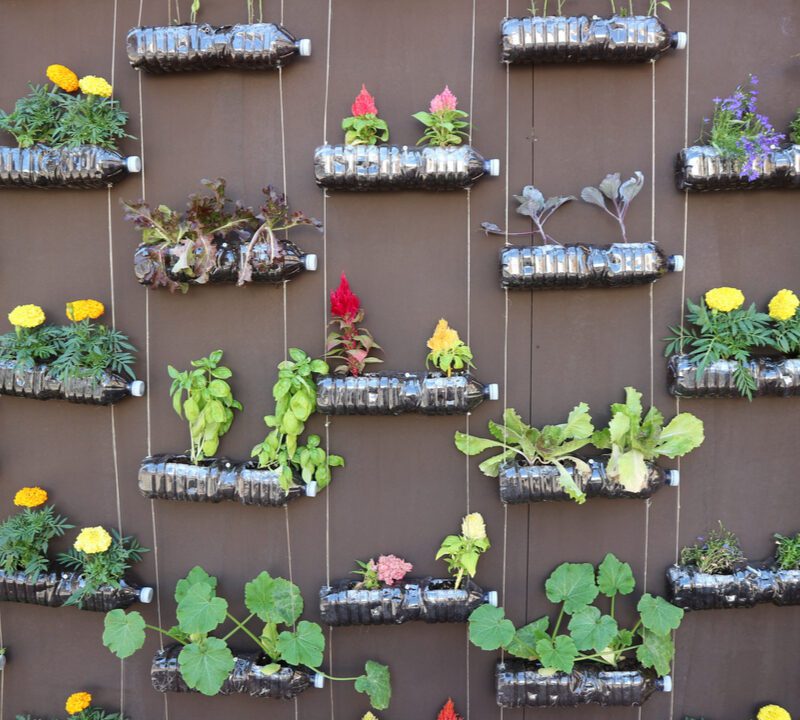- America's #1 lawn care company.
- 225-752-7252
Here Are The Minerals Your Lawn Needs To Succeed

These Are The Most Common Tree Pests In The South
June 7, 2021
Best Shrubs To Grow In Louisiana
July 12, 2021Everyone knows that lawns need fertilization, but do you know exactly what’s in the fertilizer? Today, we’ll explore the minerals that are the building blocks of your lawn. Most notably, nitrogen fertilizer. We’ll also take a look at the minerals we use when your lawn’s soil is out of balance.
The Minerals Needed For Proper Lawn Maintenance
When it comes to your lawn’s health, there are two kinds of nutrients it needs: macronutrients and micronutrients. Macronutrients are needed in greater quantities, while micronutrients are essential but not as critical.
Macronutrients In Lawn Fertilizer
If you’ve bought lawn fertilizer before, you may recall the bags have a three-digit number like 4-1-2. This is the ratio of the three macronutrients: nitrogen, phosphorous, and potassium. If you purchased that particular blend, it would contain four parts nitrogen, one part phosphorous, and two parts potassium. Fertilizer needs to be carefully chosen depending on the needs of the soil. Each of the nutrients is crucial, but as the old saying goes: all things in moderation. Too much of any one nutrient can cause problems – especially nitrogen, as we’ll discuss in a moment.
Nitrogen (N)
Nitrogen fertilizer helps your grass grow quickly, which is ideal for applying in spring and early summer as your lawn’s growth kicks into high gear. It also helps with leaf development, chlorophyll formation, and photosynthesis.
A Note On Nitrogen Fertilizer
The goal of any homeowner is to achieve a lush green lawn. With that sentiment in mind, it might be tempting to apply a fast-release nitrogen fertilizer for faster results. However, there are pros and cons to fast-release fertilizer and some situations where it’s not called for.
Fast-Release nitrogen fertilizer will provide a fast response. However, it may create a large flush of uneven growth. Some parts of the lawn may appear greener than others. In the worst-case scenario, you could burn the grass if you apply too much. And doing so may cause most of it to dissolve into the soil as wasted material, which means you may have to reapply and run the risk of more uneven growth.
Slow-release, also known as controlled-release, creates a more uniform growth, is less likely to burn the grass, and dissolves slowly. This may not produce as fast of a result. Ask your TruGreen technician which option is right for you!
Phosphorous (P)
Phosphorus is linked to a plant’s ability to use and store energy and includes photosynthesis. It’s also needed to help plants grow and develop normally. It also helps with early root growth and aids in seed formation.
Potassium (K)
Also referred to as “potash,” potassium is important in the synthesis of some plant components and the regulation of processes. It actually helps your grass process nitrogen better, which is why you need both in the proper quantities. Adding potash to the soil helps grass with drought tolerance, cold hardiness, and disease resistance. Potassium deficiencies in grass may cause increased susceptibility to those extreme conditions. In short, good potassium levels help your grass stay tough.
Micronutrients In Lawn Fertilizer
Micronutrients are just as important as macronutrients, but your grass doesn’t need as much of them. These include minerals like boron, chlorine, copper, iron, manganese, nickel, and zinc and assist your grass with processes like chlorophyll production, photosynthesis, DNA synthesis, disease resistance, and more.
The Balancing Minerals
Sometimes, your lawn may require additional mineral applications to balance the pH level. To know the pH level of your lawn, your TruGreen technician can perform a soil test. Among other things, the soil test will tell them if your lawn is too acidic or alkaline.
How To Correct An Acidic Lawn
If your lawn’s soil is too acidic, it won’t be receptive to fertilizer. To correct this, we’ll add lime to your soil. The mineral, that is, not the citrus fruit. This will bring your lawn back to the middle or neutral area of the scale.
How To Correct An Alkaline Lawn
Alkaline soil contains too much sodium, calcium, and magnesium. The earth becomes less soluble and has trouble absorbing nutrients. This often occurs when there is little rain. To correct this imbalance, we’ll need to add slightly acidic things like sphagnum peat, elemental sulfur, aluminum sulfate, iron sulfate, acidifying nitrogen, or organic mulches to bring the pH balance back to the neutral area.
Get Professional Lawn Fertilization Service Near Tupelo
TruGreen Midsouth has provided lawn care service to thousands of homeowners. We service customers in both Mississippi and Louisiana in the greater Baton Rouge, New Orleans, and Tupelo areas, including:
- Oxford
- Starkville
- Prairieville
- New Orleans
- Slidell
- Zachary
Our licensed technicians will assess your lawn for the minerals it lacks or has in abundance and create a customized plan of action for fertilizing your turfgrass. Ask your questions to a professional arborist today!
For service in Louisiana, call: 225-465-0665 or check out our local Facebook page.
For service in Mississippi, call: 662-330-1330 or check out our local Facebook page.
Or you can leave us a message online anytime. If you’d like to learn more about landscaping, tree care, or best practices for lawn maintenance, be sure to visit our monthly blog page.




